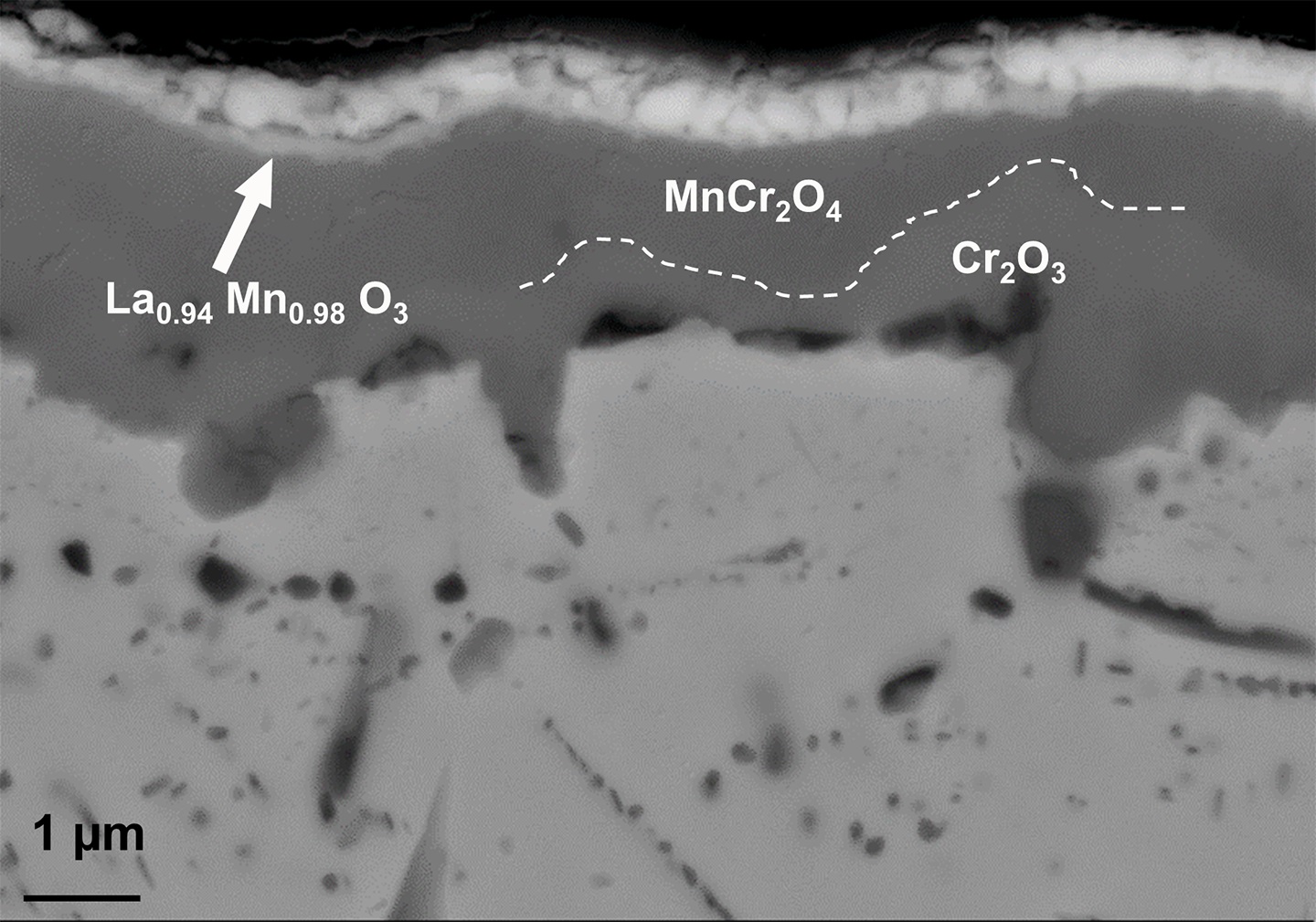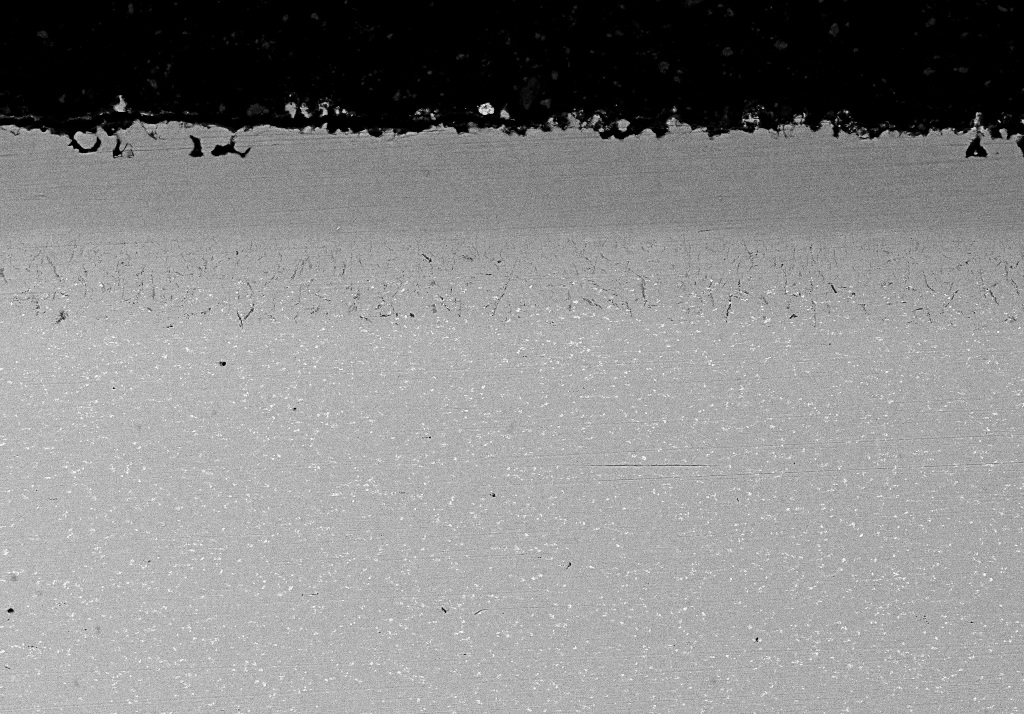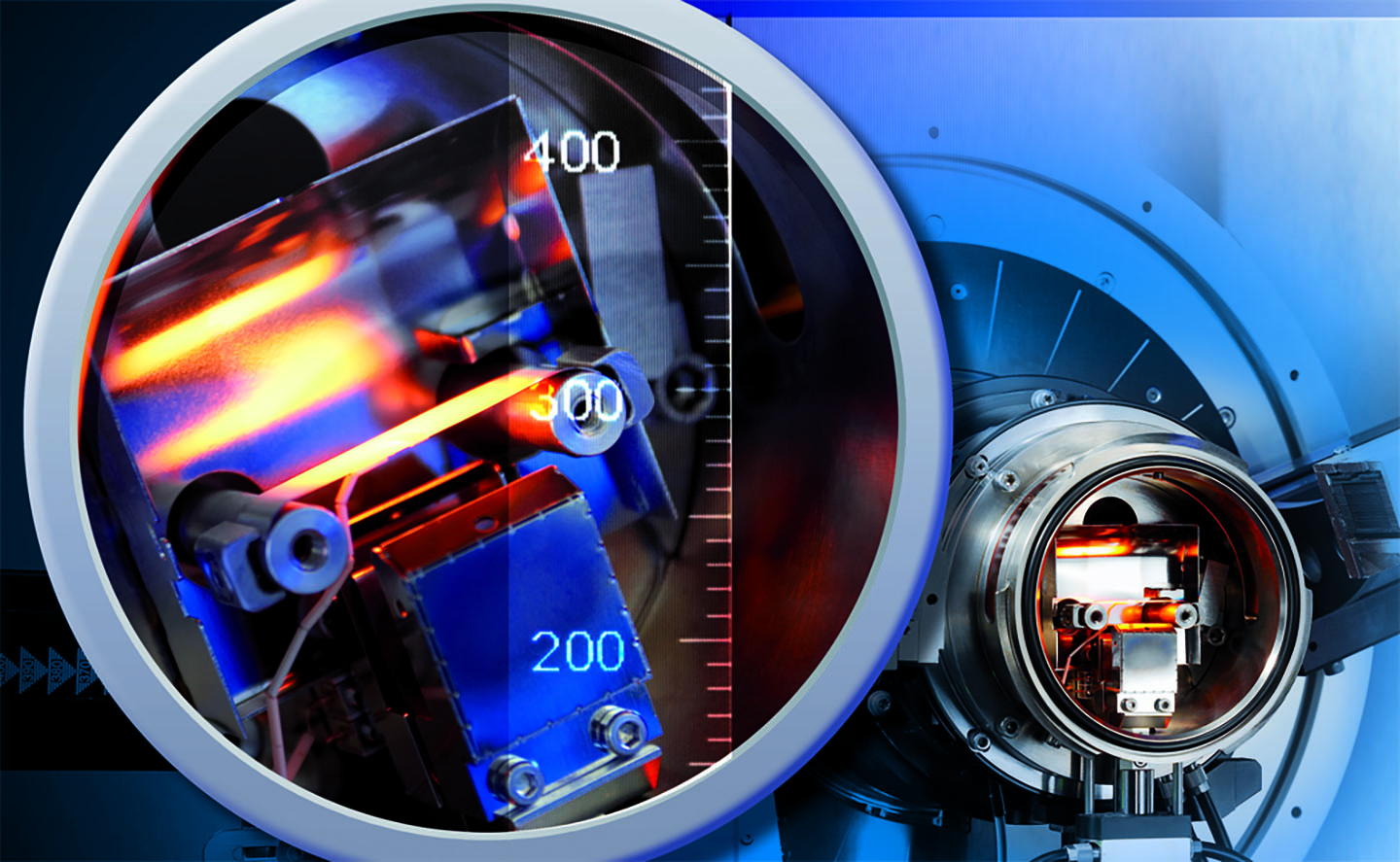Efficient and cost-effective corrosion protection coatings for solar thermal systems and high-temperature electrolyzers
In the joint project ”HI-TEMP“, which is funded by the German Federal Ministry of Education and Research in accordance with Guideline 3004/68 501 ”Support for application-oriented research for non-university research institutions“, the Fraunhofer institutes IWM, IST, IKTS, ICT and IWU have joined forces to develop materials solutions for the addressed technologies in a complementary approach�.
At Fraunhofer ICT an annealing process for aluminum slurry coatings is being developed as part of the joint project for solar thermal applications�. The external heat creates aluminide diffusion layers that protect the steel from corrosion�. The advantage of using this process rather than a furnace is that it is not necessary to subject the entire component to heat treatment, but only the component surface.� For a digitized AI-supported approach to the targeted further development of diffusion layers, the entire system is parameterized in all process steps, and the data is structured in a computer-readable format.� Electroplated coatings based on lanthanum oxide are being investigated to protect the interconnector in a high-temperature electrolyzer�. The method is cost-effective and well suited for coating even more complex geometries, and it yields thin, nano-structured layers.� To assess the potential for operating solid electrolyzers under pressure, the stability of interconnector coatings at 30 bar in relevant atmospheres is being investigated.
 Fraunhofer Institute for Chemical Technology ICT
Fraunhofer Institute for Chemical Technology ICT

